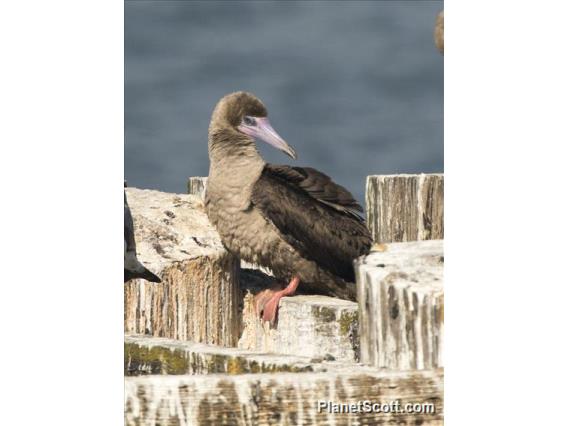Red-footed Booby (Sula sula)


About Red-footed Booby (Sula sula)
- Kingdom: Animals
- Phylum: Chordates
- Class: Birds
- Order: Boobies
- Family: Boobies and Gannets
The red-footed booby is a large seabird of the booby family, Sulidae. Adults always have red feet, but the colour of the plumage varies. They are powerful and agile fliers, harnessing the wind to fly efficiently, but they are clumsy in takeoffs and landings. They forage by catching flying fish from above the ocean's surface and by performing shallow dives. They are found widely in the tropics, and breed colonially in coastal regions, especially isolated islands such as St. Brandon, Mauritius, and the Chagos Archipelago. Although its population is declining, it is considered to be a least-concern species by the International Union for Conservation of Nature (IUCN). It faces threats from climate change, competition with fisheries, human disturbance, and invasive species.
Source: Wikipedia
Visits
-
2005-03-23
Kauai - Kilauea Point National Wildlife Refuge, United States of America -
2009-01-23
Half Moon Caye, Belize -
2010-07-15
Moorea, French PolynesiaMany of these, mostly dark morph, were seen from the Moorea/Papeete ferry. -
-
-
-





